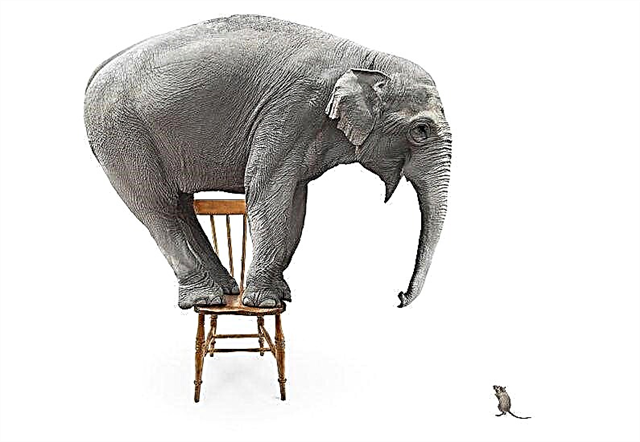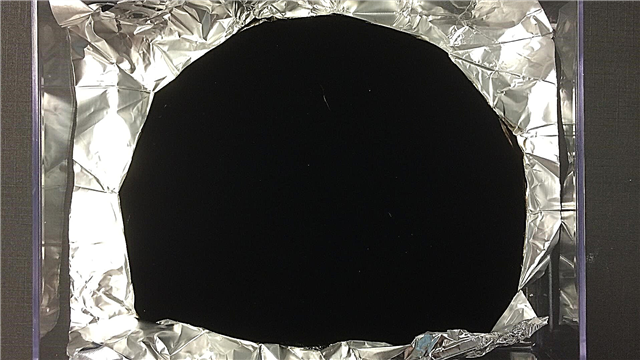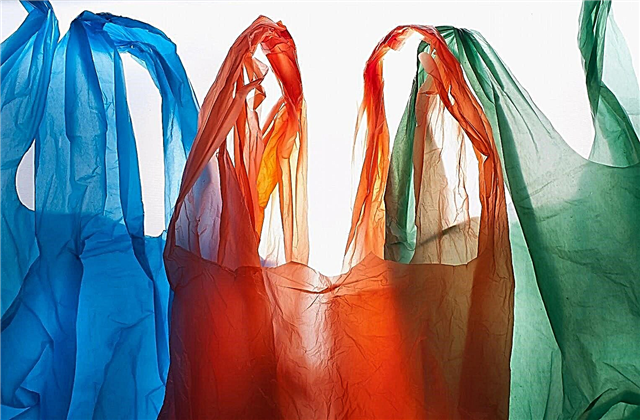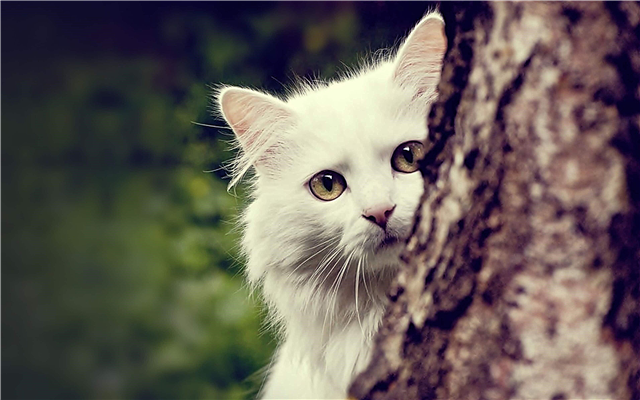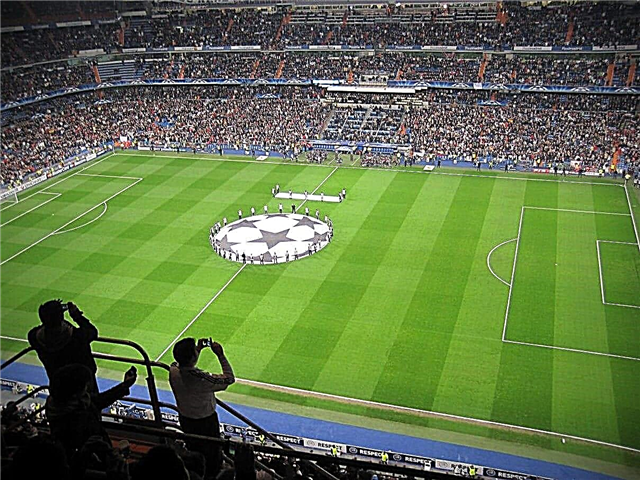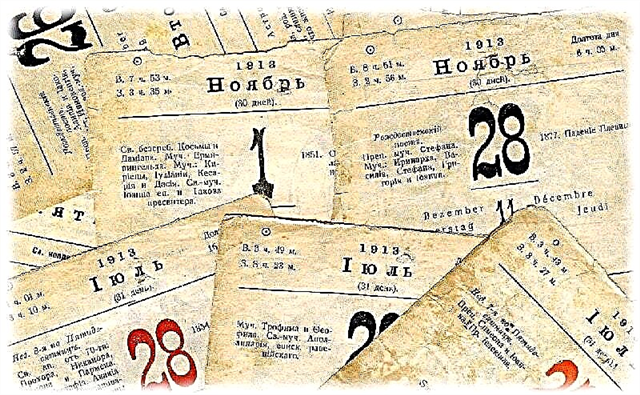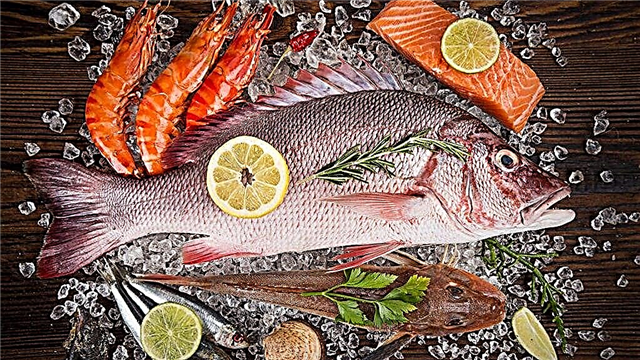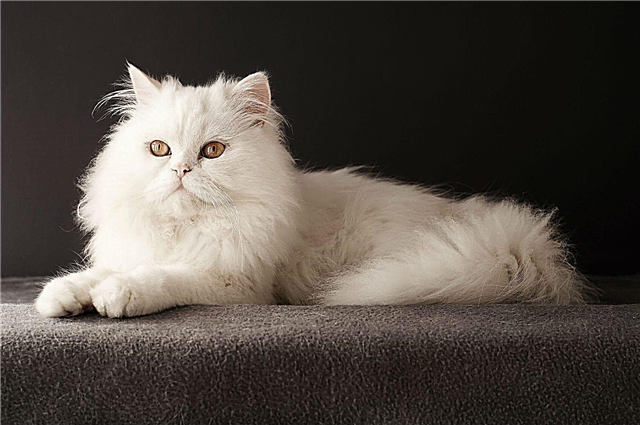
The red blood cell is a formed element of the blood. The total surface of the combined red blood cells contained in human blood reaches 3800 square meters.
There are several types of red blood cells, the name of which depends on their shape, these are: discocytes, echinocytes, microcytes, megalocytes, normocytes. It is the last variety of red blood cells that has a biconvex shape. Normocytes provide one of the most important functions in our body - the transport of carbon dioxide and oxygen.
Erythrocyte lifetime
The red blood cell exists for about 120 days. The outer surface of the erythrocyte membrane contains antigens, including ABO, rhesus, and others. The red blood cell is capable of deformation. Due to this property, it passes through an opening with a diameter of not more than 2.5 microns.
The destruction of redundant red blood cells occurs in the liver and spleen. Normally, the body has a balance between erythropoiesis (the formation of new red blood cells) and hemolysis (the process of their destruction).
The increased content of red blood cells in the blood is called erythrocytosis. The causes of erythrocytosis are various, for example, the loss of plasma or blood, as well as intense physical activity. Reducing red blood cell counts is called erythropenia or anemia.
What does a red blood cell consist of?
The red blood cell consists of hemoglobin, which is a protein consisting of heme and globin. Hem consists of ferrous iron combined with protoporphyrin.Globin is a protein structure consisting of four chains.
The main property of hemoglobin is to act as an acceptor, that is, it is easy to attach oxygen and at the same time to be a donor, that is, under certain conditions, it is easy to give it away. Normally, the hemoglobin level in men is 130-160 g / l, and in women 120-140 g / l.
Adverse environmental conditions, as well as smoking, contribute to the appearance of carboxyhemoglobin or methemoglobin in the blood, under the influence of which, ferrous iron, which is part of the gem, becomes trivalent. In this case, the red blood cell loses its ability to give oxygen to the tissues. Therefore, smoker's tissues suffer from hypoxia.
Iron, which is part of the heme, in the human body is not able to accumulate and synthesize. For the formation of new red blood cells, it must be supplied with food. In addition to the natural destruction of red blood cells, iron loss is possible with bleeding, due to injuries, and in women during menstruation and during pregnancy. Therefore, it is necessary to constantly compensate for the lack of iron by eating meat, liver, eggs, buckwheat, apples, pomegranate, prunes and other products so that iron deficiency anemia does not occur.


